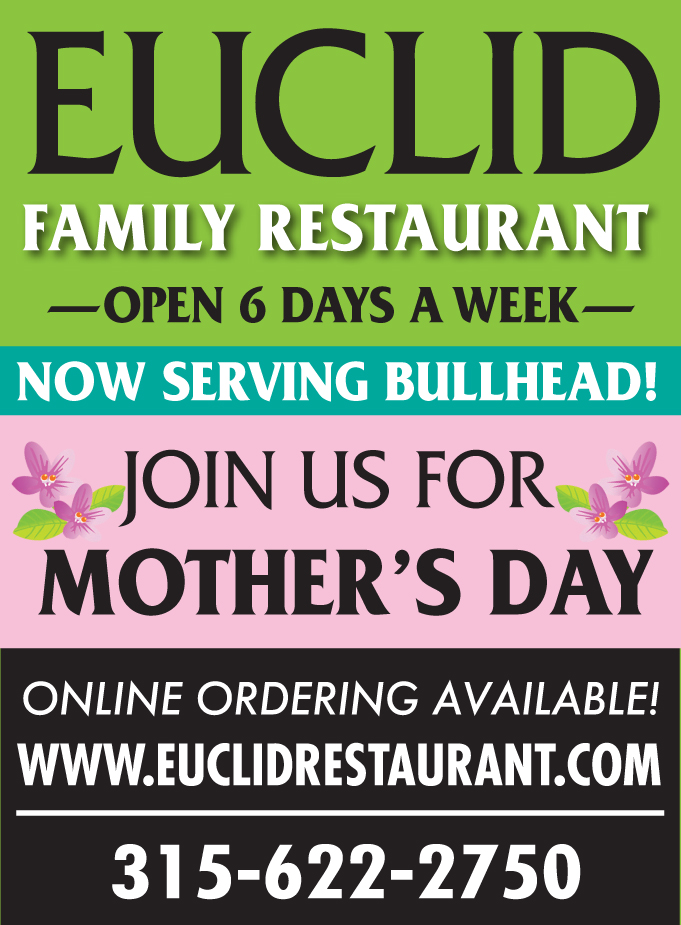Going to Seed
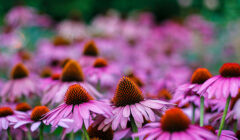
My garden is going to seed. Across my yard, the purple coneflowers have lost their petals, spiky brown seed heads remain. The other day, a tiny yellow bird dined on seeds, hopping from seed head to seed head for over an hour. I photographed the bird through a window screen. That evening, I discovered that my android device’s operating system had placed the photo into a “blurry photo” file, a file accompanied by a notification that blurry photos take up space I might want available for more “selfies.” However old we are, we are all sometimes forced to learn something new every day.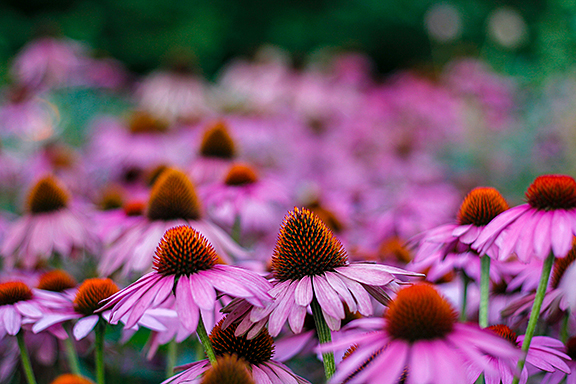
My garden includes a bunch of flowering and wheatlike growth that I can’t identify. Last fall, I sowed a package of perennial seeds, covering the seeds with topsoil, and hoped for the best. I got what I got. I like the mottled effect.
Viewed from my porch, bright yellow, red, and orange nasturtiums bloom in the foreground. The nasturtiums outshine the wildflowers that bloom behind them. To the side, tall purple (Russian?) sage covers grass I should pull out of the mix, and farther back, a couple more clusters of played out coneflowers might produce more coneflowers next year. Behind it all, a blooming rose bush promises continued color with unopened deep green and ruby buds.
My, or should I say, nature’s nasturtiums are edible and spicy. I hope I remember to harvest the new seeds because I had trouble finding packaged seed this year. I planted the nasturtiums late. They’re blooming late.
In nature, and in humanity’s creations, there is much that blooms late depending on how, when, and where things were planted and tended, us included. We are natural beings whose life cycles spin and spiral not all that much differently from other living things. We start off as planted seeds, emerge after differing and varying degrees of cultivation, mature to plant our own seeds, both physical and metaphorical, tend those seeds, again, metaphorically, and otherwise, and hope that our efforts pay off in happy returns. We are in and of nature even as we seek to distance ourselves from that physically manifest quantum reality.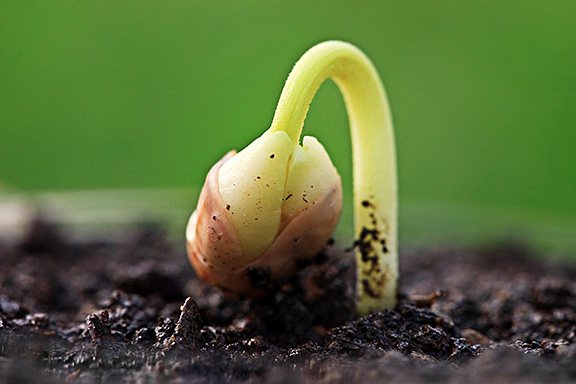
I remember my father first talking to me about human nature when I was around seven. If he were around, he might not like that I am writing this, but I’m going to write it anyway as a testament to his efforts to describe reality amid a culture of winking, finger pointing muddle. He said that much of what I would hear about men and women and babies was fairy tale stuff. He said that, on one level, God created everything, but the facts at hand were that men planted seeds in women; the plantings connect to the mothers through a cord, and after the baby is born, the belly button was what’s left of that cord. When I pressed for more detail, my father said he’d told me enough for now. I came away from this conversation imagining that husbands obtained baby seeds somewhere, church perhaps because that was where people got married; husbands then pushed one or two seeds into their wives’ navels, and after nine months or so, the navel stretched wide open and out came the baby. Based on the limited information I had, this scenario was the only one I could conceive of.
I wonder, did I share this information at school?
Then and now, I tend to share and sometimes overshare information that’s new to me. (A recent NY Times article suggests that oversharing, aka talking too much, stems from ego depletion. Yes. I agree. Thank you, NY Times. That’s what “oversharing” feels like to me.)
Moving on.
In the house I grew up in, we had encyclopedias and dictionaries in which we were supposed to look things up. On Sunday night, we watched “The Twentieth Century” with Walter Cronkite. Disney was on another channel. My Grandma and Aunt lived upstairs and sometimes, we would watch Disney there; my grandmother and aunt also provided us with an encyclopedia: a children’s picture book set that included information about Marie Curie, Albert Einstein, Aristotle, Socrates, and a relatively local man who fascinated me; Charles Proteus Steinmetz stood four feet tall, theorized about electrical current, and taught at Union College in Schenectady. Briefly, I associated electricity with Schenectady because both ended with the long “e” sound. 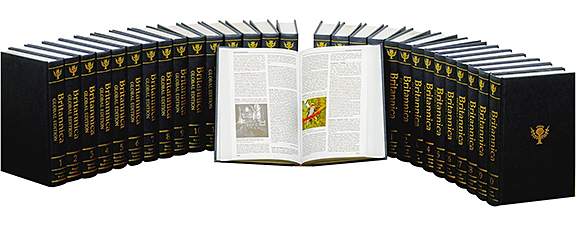
Early understanding involves trial and error.
Looking back, I see that we had diversity in our multigenerational two-flat house because we had access to different books and, on occasion, competing programming on two television sets under one roof. I understood that the grown-ups controlled our access to the three channels available on their free air broadcast rabbit ear televisions. I understood somehow that free was never free and that the cigarette, soap, and hair dye commercials that appeared every ten minutes paid both for our attention and for the programs we liked. It seems less obvious who might be cultivating our interests today.
It’s obvious lots of planting’s going on.









